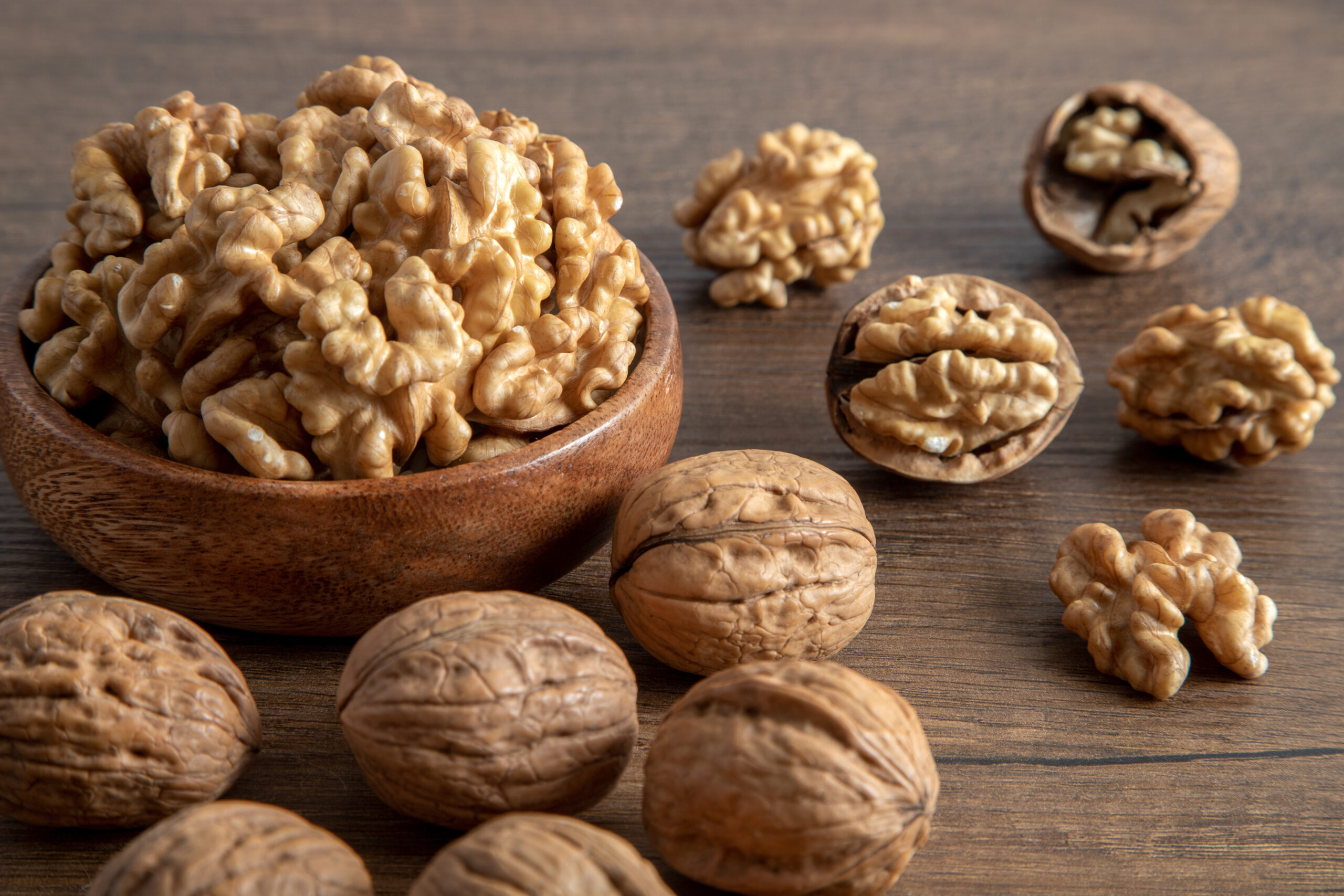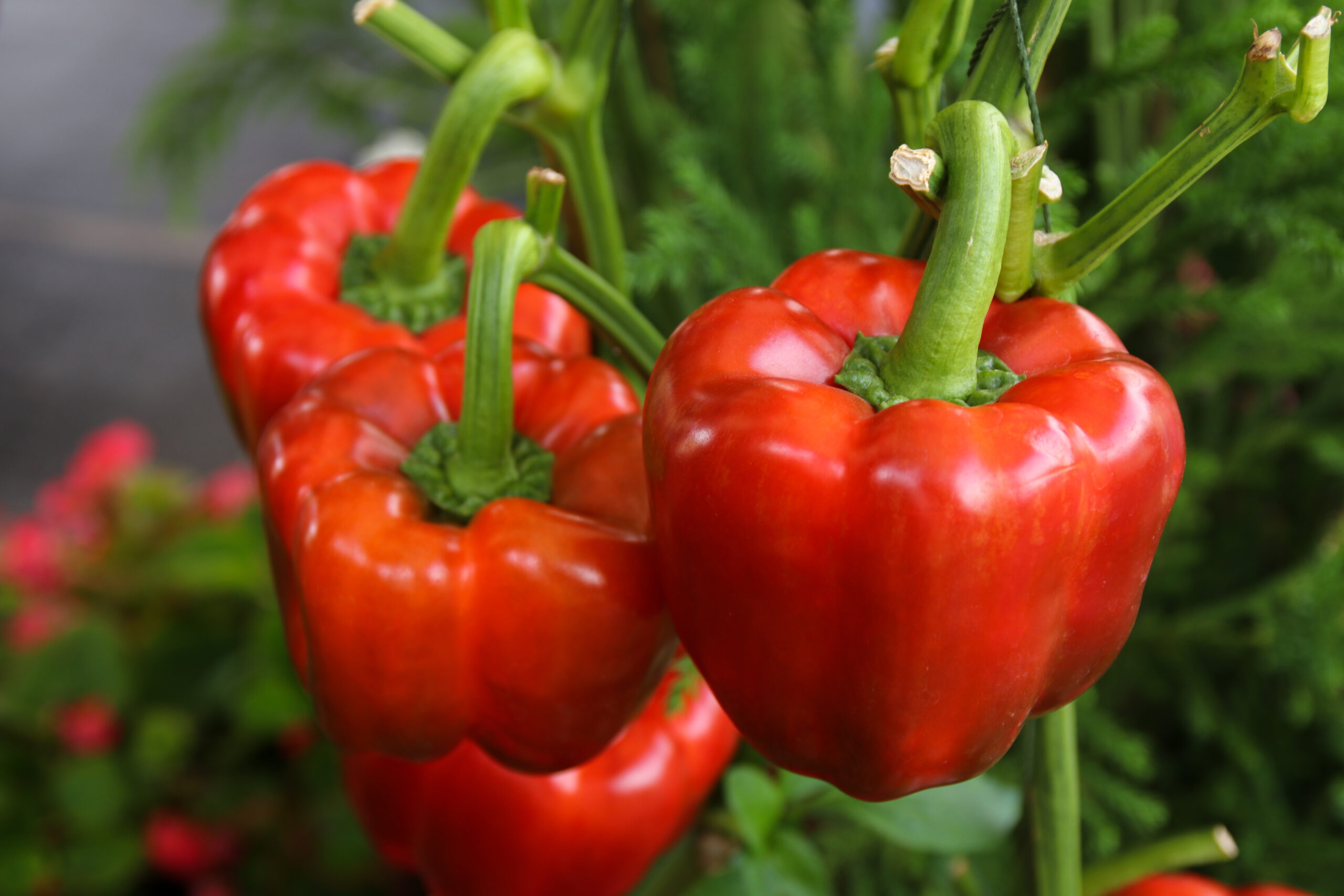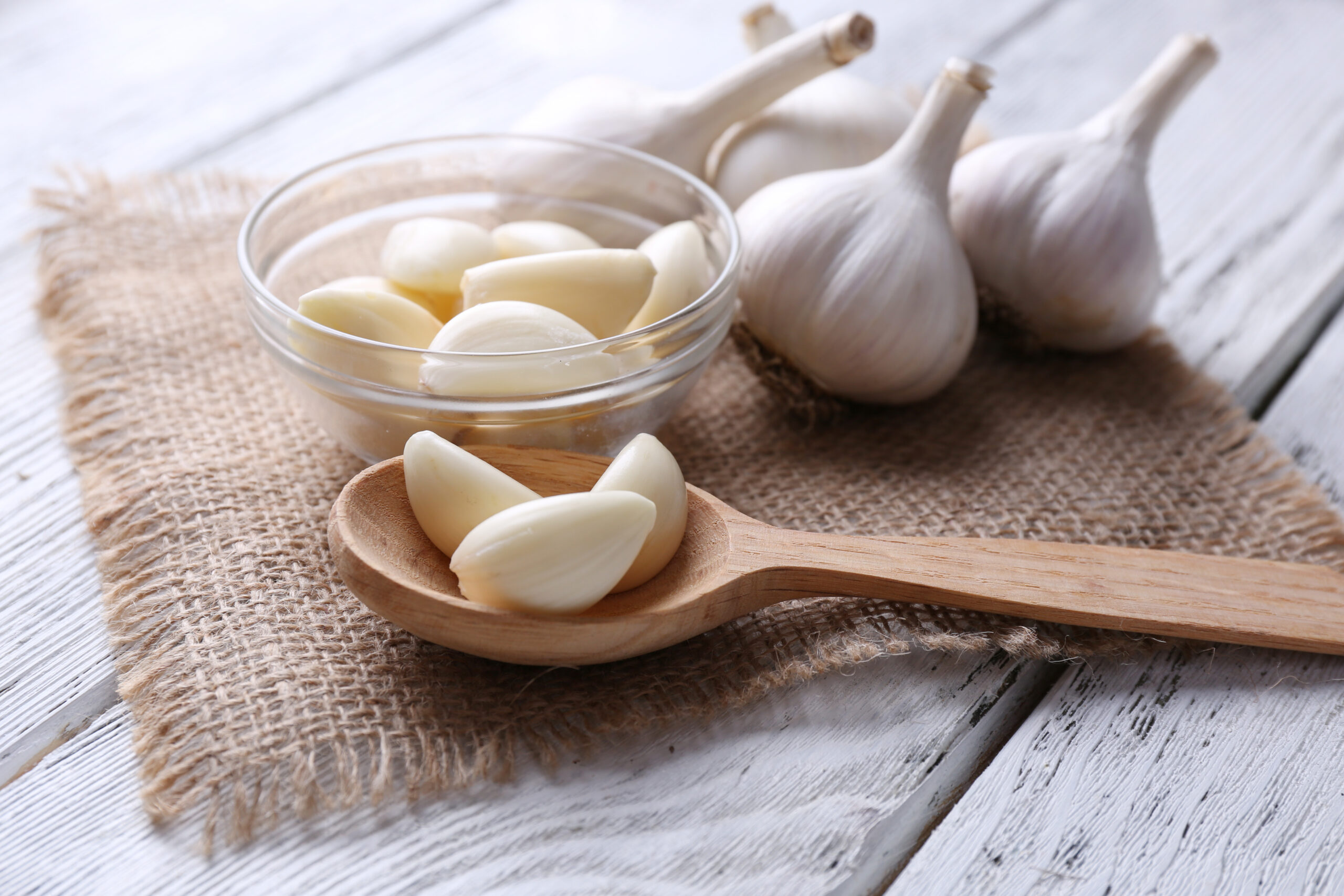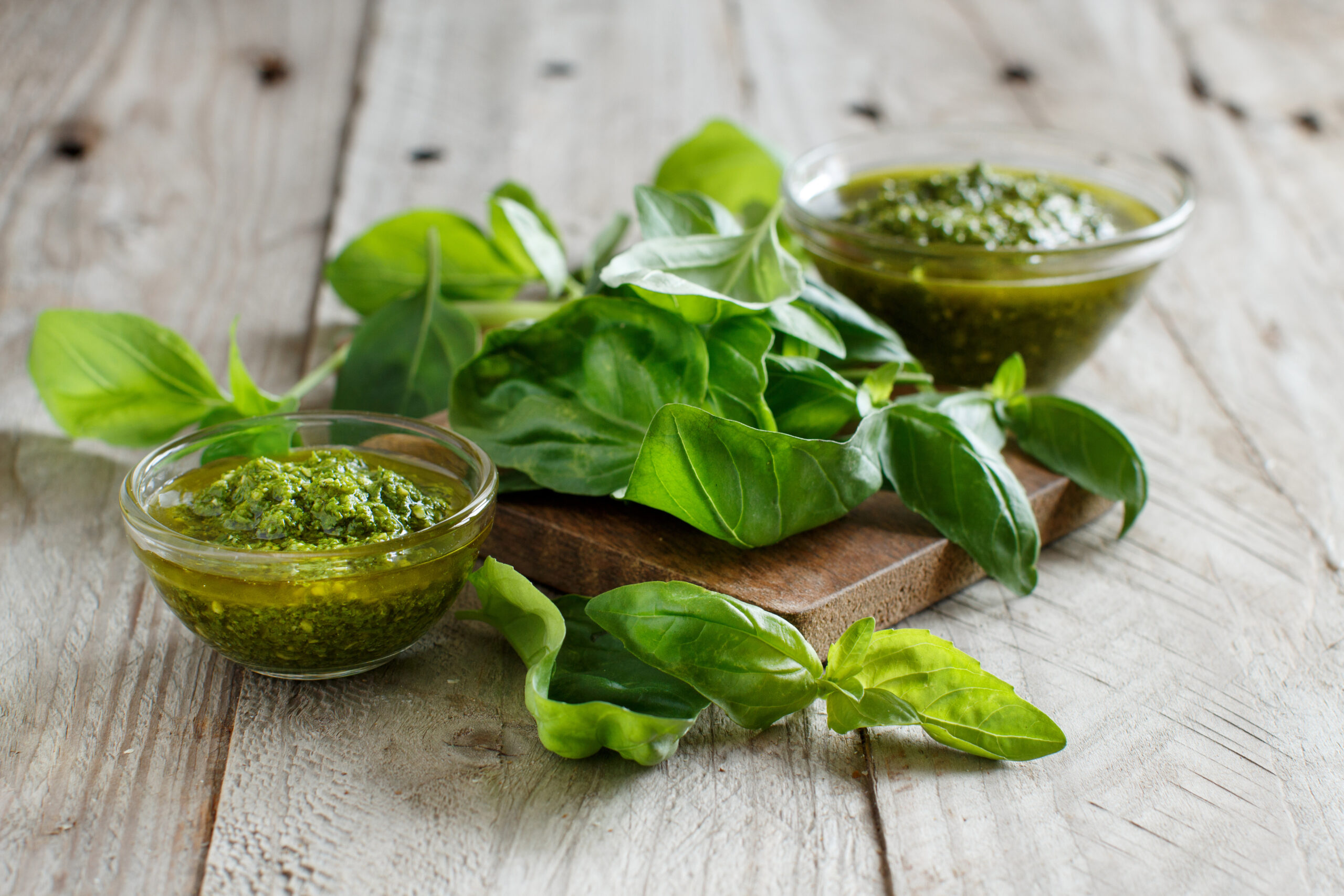Dr. John Cook Bennett, a rather eccentric American physician in the 1830s, was convinced that tomatoes held incredible healing powers. He believed they could purify the blood and cure a wide range of illnesses, from digestive problems to jaundice. He began selling ketchup as a concentrated form of tomato medicine, even creating “tomato pills” for convenient consumption. Bennett wasn’t shy about sharing his beliefs, publishing pamphlets and giving lectures promoting his “tomato cure.”
His claims caught on like wildfire, and soon the market was flooded with various tomato-based pills and concoctions, all promising miraculous health benefits. Unfortunately, many of these products were simply cashing in on the craze and contained little to no actual tomato. Some were just cleverly disguised laxatives. This led to a chaotic “tomato pill war,” with companies making outlandish claims and vying for customers.
However, the lack of scientific evidence to back up these claims, combined with the prevalence of fraudulent products, eventually led to the decline of the “ketchup cure” by the mid-1800s. People started to realize that ketchup wasn’t the miracle cure it was advertised to be.
Despite its failure as medicine, ketchup didn’t disappear entirely. In the late 19th century, companies like Heinz recognized its potential as a condiment. They began mass-producing and marketing ketchup, focusing on its delicious flavor and versatility rather than its supposed health benefits.
Today, ketchup is a beloved condiment enjoyed worldwide. It’s a staple at barbecues, a perfect pairing for french fries, and a classic ingredient in many dishes. It’s quite a journey for something that was once touted as a cure-all!
Oddly, tomatoes were once considered poisonous to eat.
Tomatoes were once considered dangerous due to a combination of factors. They belong to the nightshade family, which includes some poisonous plants, and their bright, shiny appearance further fueled suspicion.
Additionally, a misunderstanding about lead poisoning from pewter plates led people to wrongly blame tomatoes for illnesses. These factors created a fear of tomatoes that persisted for quite some time.














